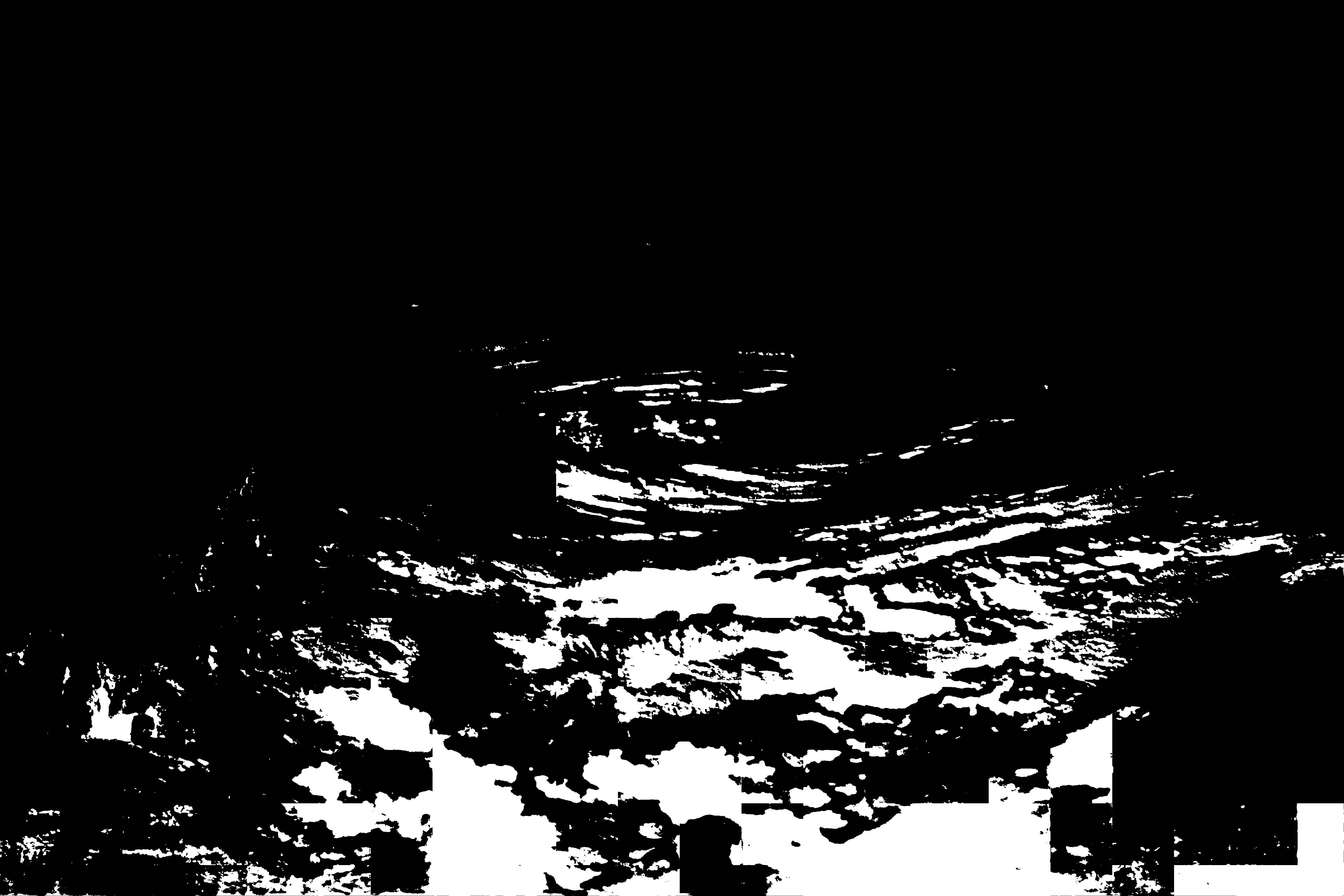ISS059-E-11742
| NASA Photo ID | ISS059-E-11742 |
| Focal Length | 50mm |
| Date taken | 2019.04.04 |
| Time taken | 16:37:27 GMT |
Country or Geographic Name: | |
Features: | |
| Features Found Using Machine Learning: | |
Cloud Cover Percentage: | 19 (11-25)% |
Sun Elevation Angle: | 9° |
Sun Azimuth: | 71° |
Camera: | NIKON D5 S/N: 3502445 |
Focal Length: | 50mm |
Camera Tilt: | |
Format: | |
Film Exposure: | |
| Additional Information | |
| Width | Height | Annotated | Cropped | Purpose | Links |
|---|---|---|---|---|---|
| 720 pixels | 480 pixels | No | No | NASA's Earth Observatory web site | Download Image |
| 5568 pixels | 3712 pixels | No | No | Download Image | |
| 640 pixels | 427 pixels | No | No | Download Image |
This circular cloud formation caught the eye of an astronaut while orbiting over the South Pacific Ocean. Traveling near the southernmost reaches of its orbit, the International Space Station (ISS) was more than 3,200 kilometers (2,000 miles) east of New Zealand and more than 4,400 kilometers (2,700 miles) west of South America.
The striking colors within the cloud formation are a result of the local sunrise. When the Sun is at a low angle (relative to the atmosphere and ISS), sunlight passes through a thicker slice of the atmosphere. This can enhance the red end of the visible color spectrum, leading to the pink hues visible at the center of the image.
When photos are taken close to the day-night line (also known as the terminator), the sunlight can cast shadows that accentuate contrasting cloud heights and make the sense of circular motion more distinct to the eye. This photo was taken while the astronaut was looking back toward the night hemisphere, so the clouds b=ecome less defined as they fade into the terminator.
The astronaut who took this photograph sent a message from the ISS to ask if this specific cloud formation had been a named tropical cyclone. However, because the weather system was short-lived, the storm dissipated before making landfall, and thus was not named.



